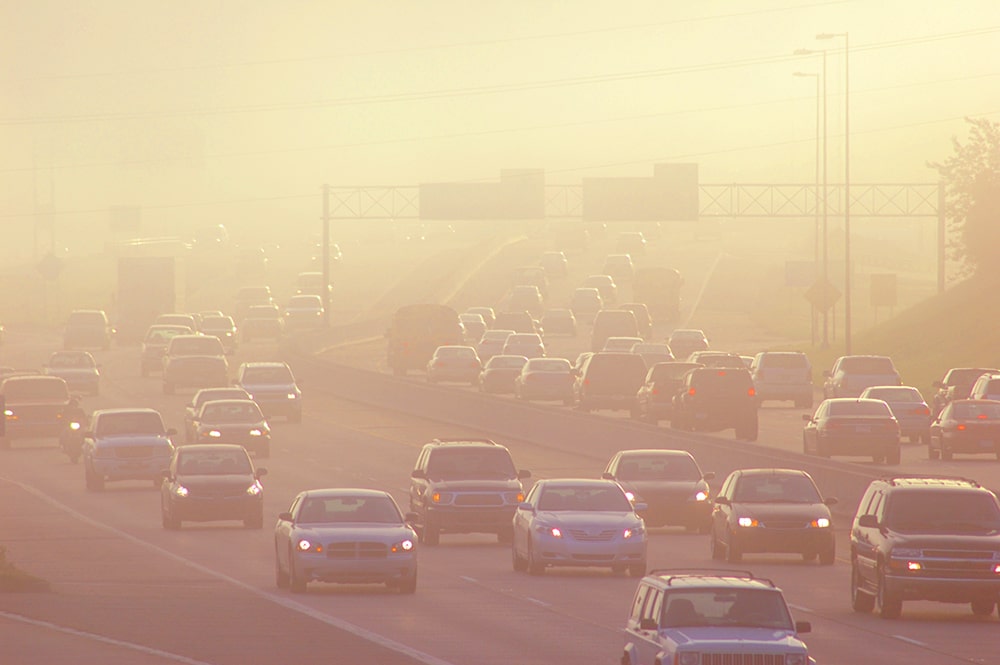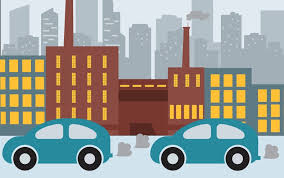Smog Related Accidents in California: Causes, Effects, and Prevention
Whether you've been injured in an accident, are dealing with a personal injury claim, or facing another legal issue, Mendez & Sanchez APC is here to fight for you. Contact us today for a free, no-obligation consultation.
Call Us Now
Smog-related accidents in California have been a major concern for residents and authorities alike. California is notorious for its high levels of smog, which is caused by a combination of factors including traffic, industrial emissions, and weather conditions. Smog can be a major contributor to respiratory and cardiovascular diseases, and it can also increase the risk of accidents on the road. In this article, we will explore the causes and effects of smog-related accidents in California, as well as prevention measures that can be taken to reduce their occurrence.
Driving through a dense smog-filled environment can be a daunting experience for any motorist. The thick haze caused by smog not only obstructs visibility but also poses serious health risks. In this article, we will explore the causes of smog and its impact on drivers. We will also discuss strategies to cope with smog while driving and the importance of government initiatives and technology in combating this hazardous environmental phenomenon.
What is Smog?
Smog is a type of air pollution characterized by a mixture of fog and smoke or other pollutants. It forms when pollutants released into the atmosphere, such as nitrogen oxides, volatile organic compounds, and particulate matter, react with sunlight. This chemical reaction leads to the formation of ground-level ozone and fine particles, creating the hazy and opaque appearance known as smog.
Causes of Smog
Smog is primarily caused by human activities, including industrial emissions, vehicular exhaust, and the burning of fossil fuels. These activities release pollutants into the air, which then undergo chemical reactions in the presence of sunlight. Geographical and meteorological factors also contribute to smog formation, such as temperature inversions, which trap pollutants close to the ground.
Causes of Smog in California
Traffic
- Number of vehicles in California
- Impact of traffic on air quality
- How congestion leads to smog
- The role of vehicle emissions
Industrial Emissions
- Overview of major industries in California
- Types of pollutants released by industries
- Impact of industrial emissions on air quality
- Prevention measures
Weather Conditions
- Role of climate and geography in smog formation
- The impact of temperature inversions
- The role of atmospheric conditions in smog formation

Impact of Smog on Drivers
The presence of smog significantly reduces visibility, creating hazardous conditions for drivers. The thick haze can obscure road signs, traffic signals, and other vehicles, making it difficult to navigate roads safely. Moreover, smog exacerbates eye irritation, respiratory problems, and allergic reactions, further compromising driver concentration and health.
Strategies to Deal with Smog while Driving
When driving in smoggy conditions, it is crucial to take specific precautions to ensure safety. Firstly, using headlights and fog lights can enhance visibility for both the driver and other motorists. Secondly, maintaining a safe distance from the vehicle ahead is vital to allow for sudden stops or maneuvers. Additionally, drivers should reduce their speed, be vigilant for pedestrians, and use windshield wipers and defoggers to maintain a clear view of the road.
Safety Precautions for Driving in Smoggy Conditions
To minimize the risks associated with smog, drivers should follow certain safety precautions. Firstly, checking air quality indexes and smog alerts can help determine whether it's safe to drive. If possible, avoiding unnecessary trips or using public transportation can reduce exposure to smog. Secondly, wearing protective masks can help filter out harmful pollutants and minimize the negative health effects caused by smog. Finally, keeping car windows closed and using air conditioning on recirculation mode can help prevent smog from entering the vehicle cabin.
Effects of Smog on Health and Safety
Respiratory and Cardiovascular Diseases
- Overview of diseases caused by smog
- The impact of smog on lung health
- The impact of smog on heart health
Increased Risk of Accidents
- The impact of reduced visibility on road safety
- The role of smog in accidents
- Overview of smog-related accidents in California
Prevention Measures
Regulations
- Overview of state and federal regulations
- The role of vehicle emissions standards
- The role of industrial regulations
Public Transportation
- Overview of public transportation options in California
- The benefits of using public transportation
- The impact on air quality
Renewable Energy
- Overview of renewable energy in California
- The benefits of using renewable energy
- The impact on air quality
Individual Actions
- Tips for reducing personal emissions
- The role of individual actions in reducing smog

The Role of Technology in Combating Smog
Technology plays a vital role in combating smog by monitoring and reducing air pollution. Air quality monitoring systems provide real-time data on smog levels, allowing authorities to issue timely alerts and advisories. Additionally, advancements in vehicle emission control technologies, such as catalytic converters and electric vehicles, contribute to reducing pollution from transportation sources.
Government Initiatives to Reduce Smog
Governments around the world are implementing various measures to combat smog and improve air quality. These initiatives include the promotion of renewable energy sources, stricter emission standards for industries
Conclusion
Smog-related accidents in California are a serious problem that can have a significant impact on health and safety. The causes of smog are complex and include factors such as traffic, industrial emissions, and weather conditions. The effects of smog on health and safety can be severe and long-lasting. Prevention measures such as regulations, public transportation, renewable energy, and individual actions can help to reduce the occurrence of smog-related accidents.



